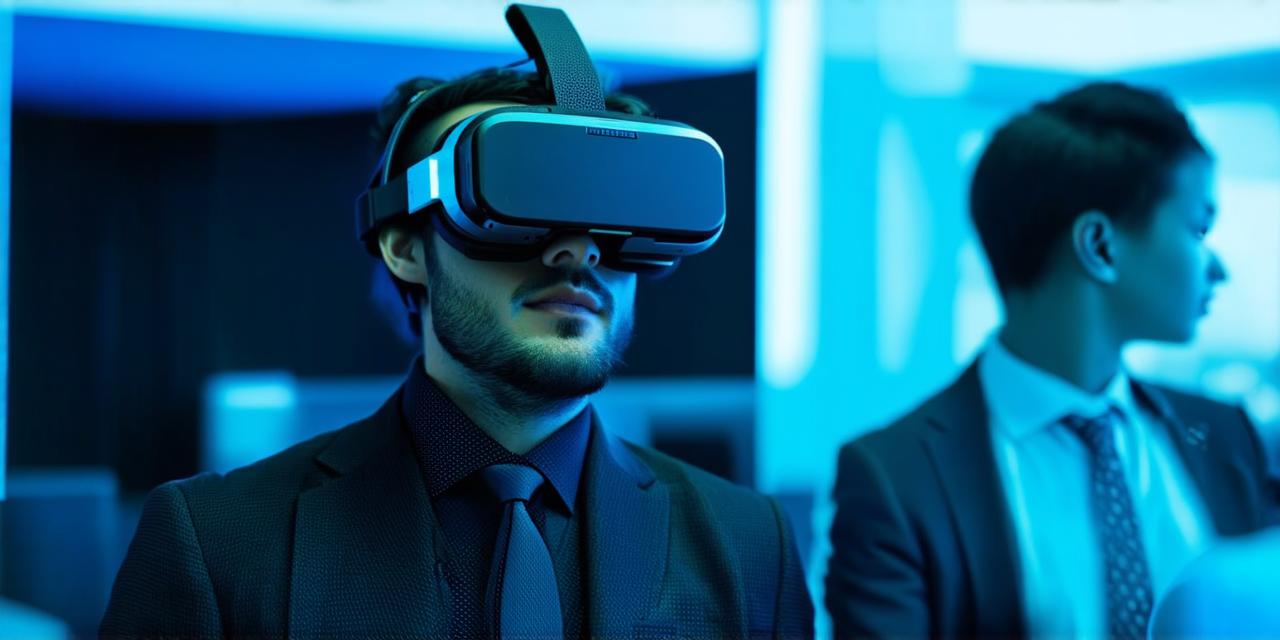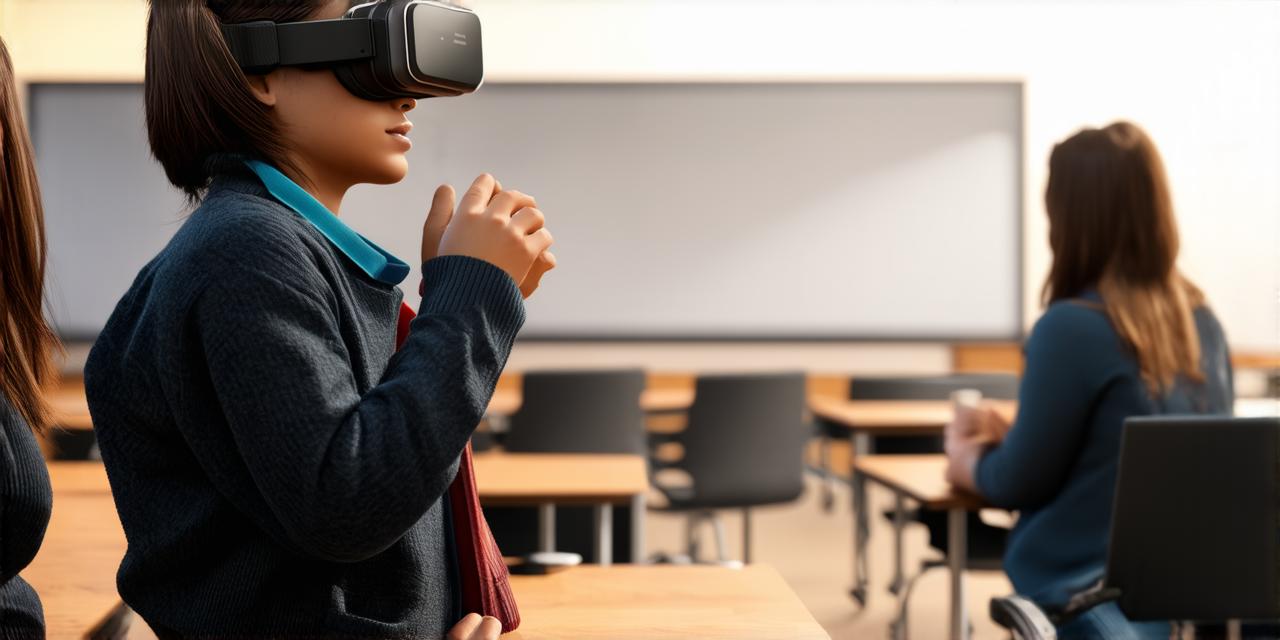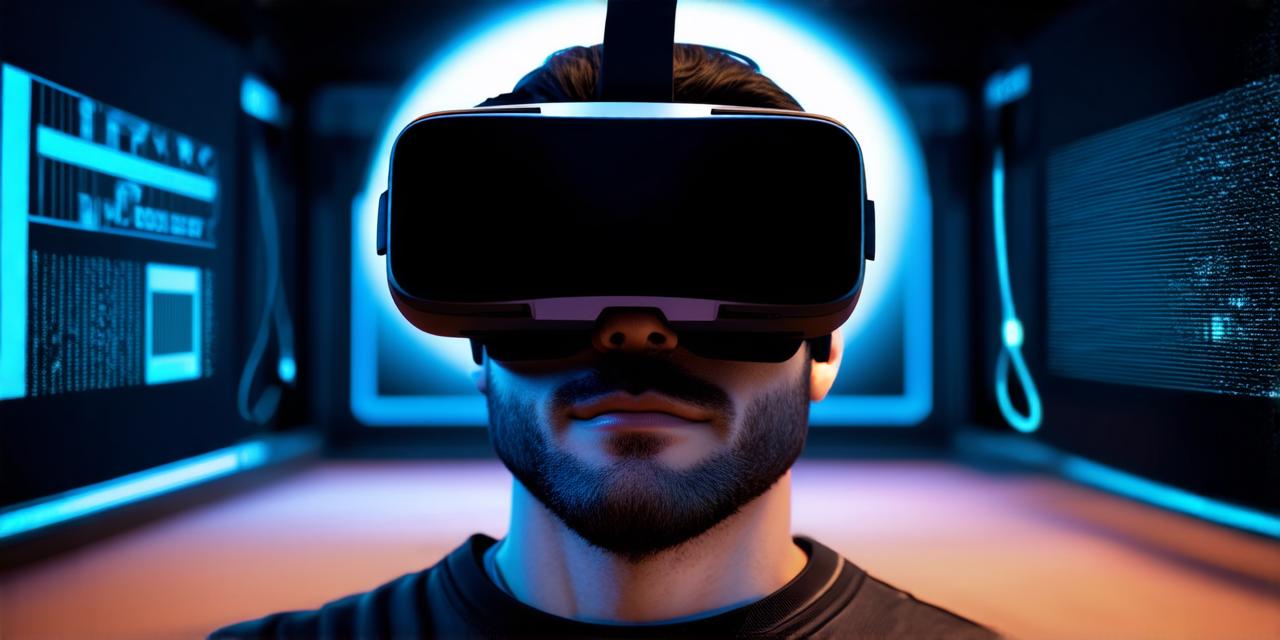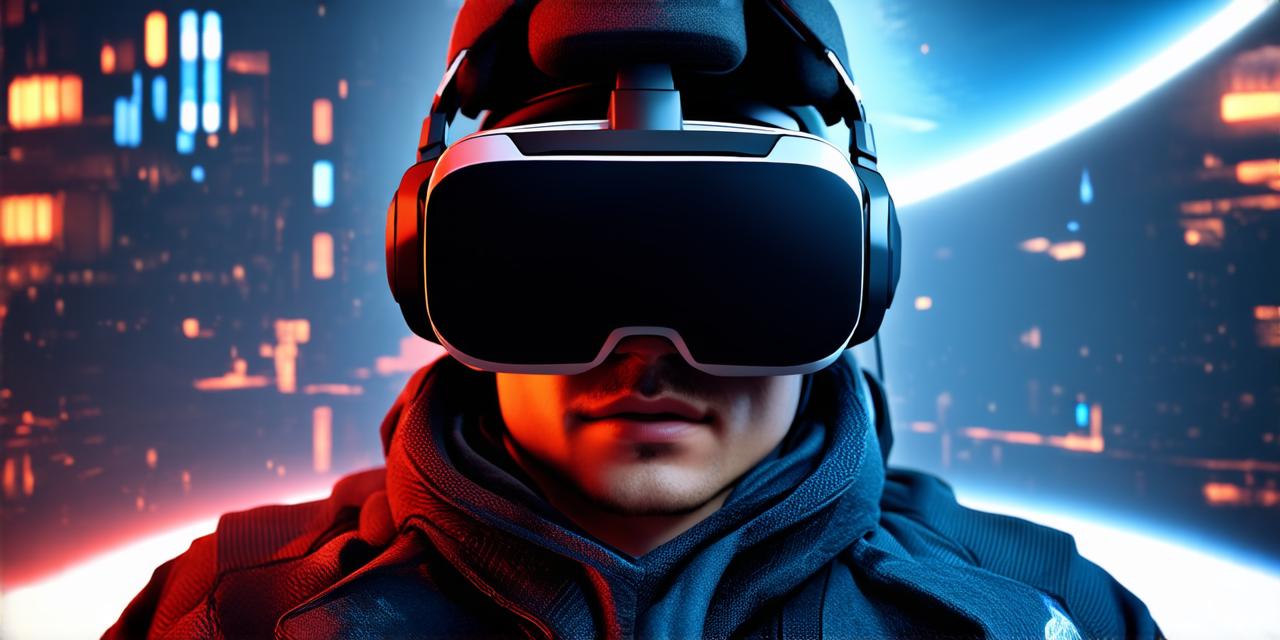Virtual Reality (VR) technology has been advancing rapidly in recent years, and high-end business-focused VR headsets have emerged as a key player in this space. These VR devices are designed to provide an immersive experience for business professionals and are targeted towards specific sectors such as architecture, engineering, design, healthcare, and training.
Architecture is one of the first sectors to adopt VR technology, and high-end VR headsets have become essential tools for architects and designers. These devices allow them to create highly detailed 3D models of buildings and structures that can be viewed from every angle, giving them a better understanding of how the space will function in real life.
This can save time and resources by allowing architects to identify potential design flaws early on in the process, before construction begins.
Engineering is another sector that has embraced VR technology. High-end VR headsets provide engineers with the ability to visualize complex systems and designs in a more intuitive way, making it easier for them to solve problems and make informed decisions.
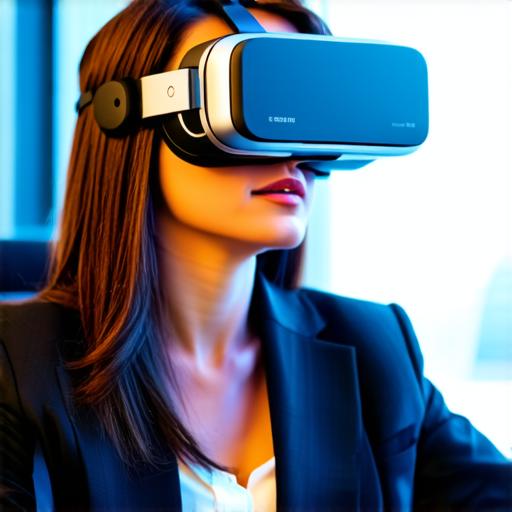
This can lead to faster and more accurate prototyping, reducing the time and cost of development.
Design is also a key sector for high-end VR headsets. These devices allow designers to create and test new designs in a virtual environment, giving them greater flexibility and control over the design process.
They can also use VR to visualize how their designs will look in real life, making it easier to make adjustments and refinements.
Healthcare is another sector that is benefiting from high-end VR headsets. These devices are being used for a variety of applications, including surgical training, patient education, and therapy.
In surgical training, VR allows doctors to practice complex procedures in a safe and controlled environment, reducing the risk of errors and improving patient outcomes.
In patient education, VR can be used to provide patients with a better understanding of their condition and treatment options, leading to more informed and engaged patients.
Finally, high-end VR headsets are being used for training in a variety of industries, including aviation, military, and emergency services. These devices allow trainees to simulate real-world scenarios in a safe and controlled environment, providing them with the skills and knowledge they need to perform their jobs effectively.
This can lead to reduced training costs, improved safety, and more effective training outcomes.
In conclusion, high-end VR headsets are being targeted by a variety of sectors, including architecture, engineering, design, healthcare, and training. These devices provide an immersive experience that allows professionals in these fields to visualize complex systems and designs in a more intuitive way, leading to faster and more accurate prototyping, reduced training costs, and improved safety outcomes.
